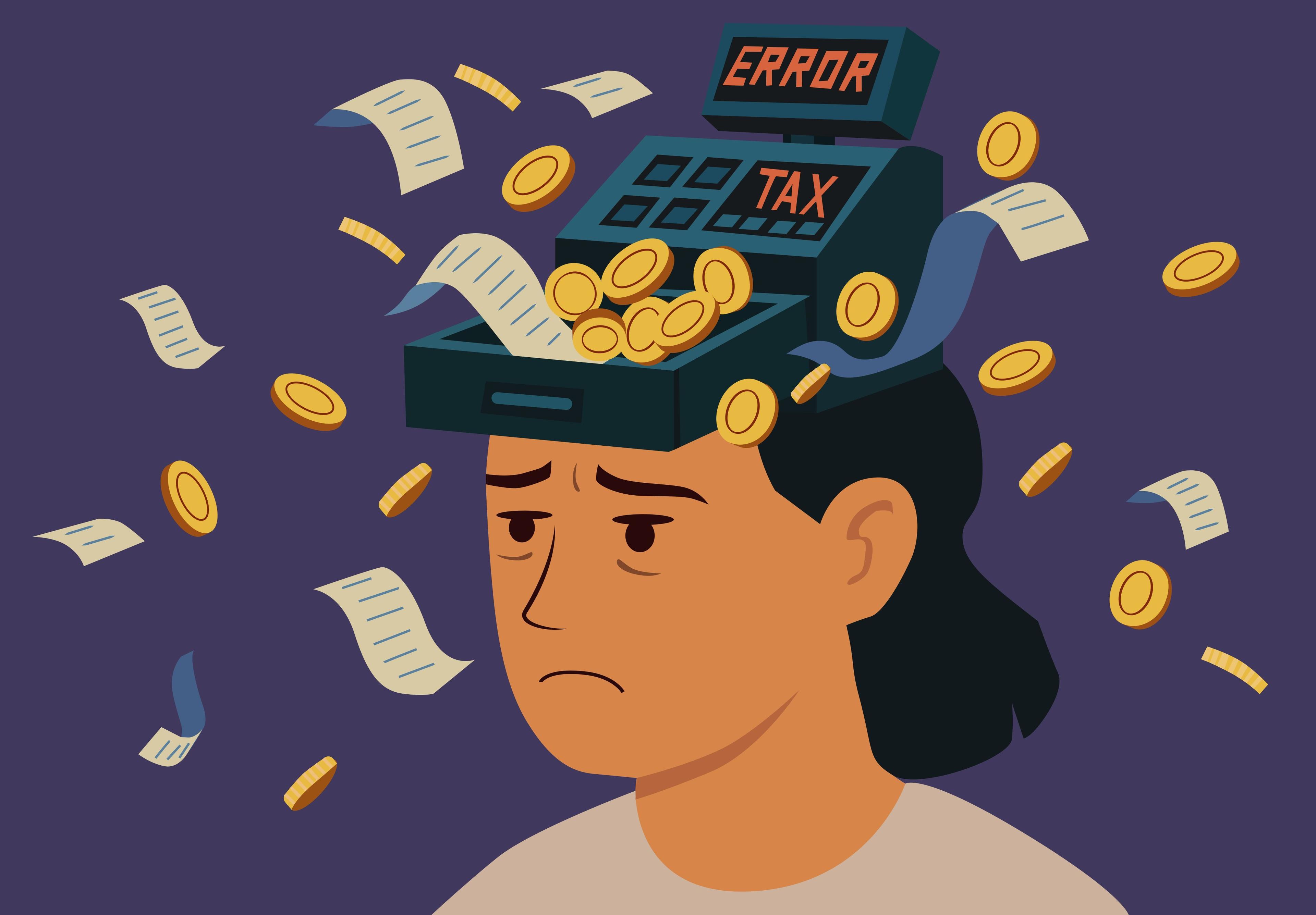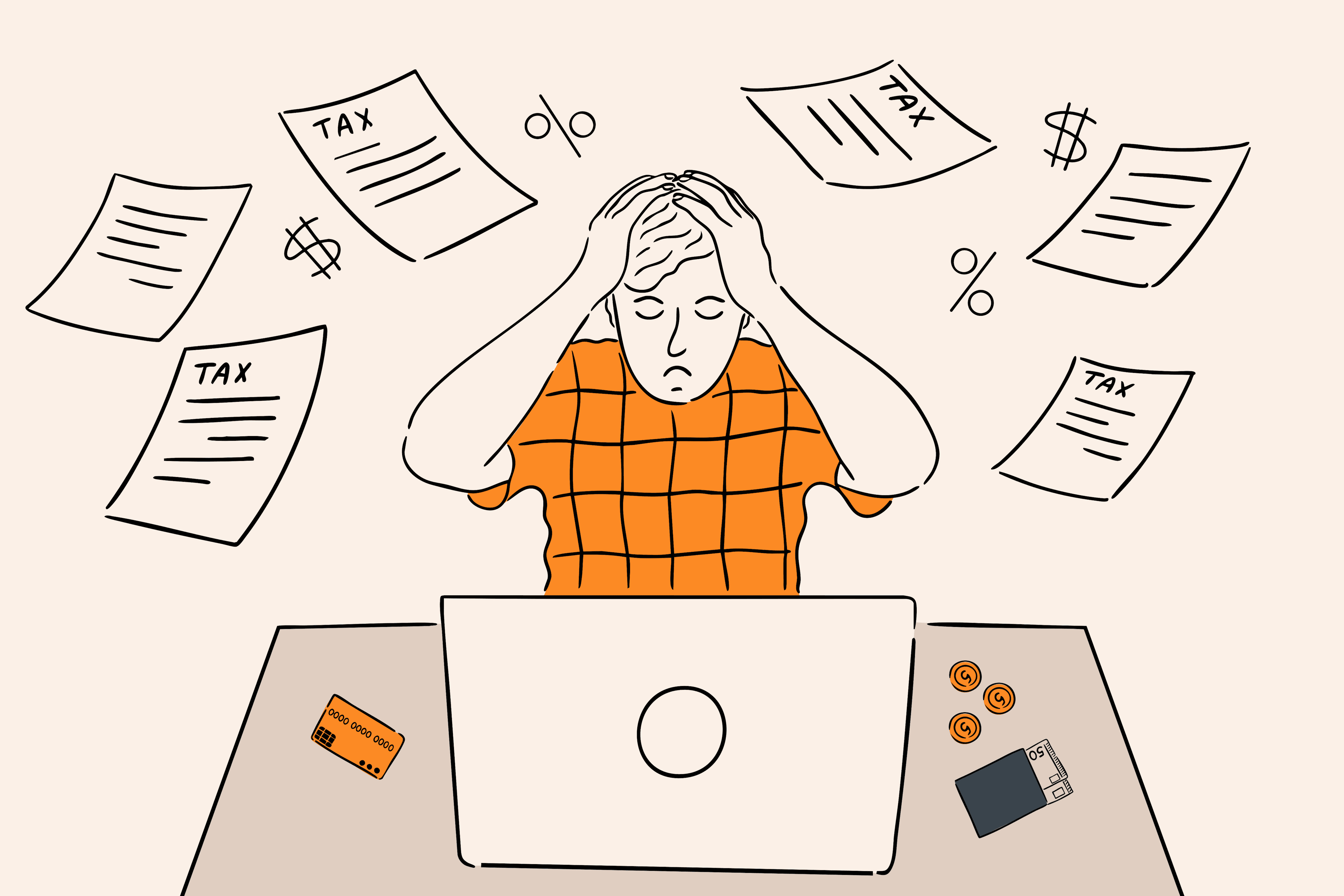When people first encounter crypto, the question that quietly sits under all the hype is simple: how does a crypto get its value. The price chart looks like a roller coaster. Coins that did not exist a few years ago trade for hundreds or thousands of dollars. Others that were popular last year are now nearly worthless. To understand what is really going on, you need to unpack what gives any of these tokens economic meaning in the first place, and why anyone is willing to pay a specific price for them today instead of walking away. That is not a purely technical question. It sits at the intersection of technology, psychology, market structure, and policy.
Unlike a company share, most crypto tokens do not give you direct ownership of profits or assets. Unlike a traditional currency, they are not backed by a central bank or a government with taxing power. On the surface, that makes them look like pure air. Yet they clearly do trade for real money. The gap between those two realities is where the real explanation sits. In practice, the value of a crypto asset usually comes from a blend of three big forces. There is the genuine usefulness of the network or protocol, the way the token supply is designed and managed, and the beliefs and expectations of the people trading it. Layered on top of these is the regulatory environment, which shapes whether large institutions are willing to participate or stay away.
Utility is the place to start because it is the most familiar. Any currency or token is more likely to hold value if people actually need it to do something. In the world of traditional money, that means you can pay taxes, buy goods, and settle debts with it. In the crypto world, utility usually shows up in more specific ways. You might need the token to pay transaction fees on a blockchain, interact with smart contracts, use a decentralised financial protocol, or participate in governance decisions. Some networks require you to stake their token to help secure the system and, in return, you earn rewards. All of these uses create real demand.
Imagine a smart contract platform where thousands of users are sending tokens, minting NFTs, and borrowing and lending through decentralised protocols. Each one of those activities involves a small fee paid in the network’s base token. That fee is like a toll on a busy highway. The more people want to use the highway, the more tolls are collected. Over time, markets start to treat the token like a claim on the right to use that infrastructure. If developers keep building useful applications on top of it, organic demand for the token grows. Even if no one is speculating, there is a baseline level of activity that requires the token.
Some networks tighten this link between usage and token value through mechanisms such as burning and staking. A portion of the fees might be permanently removed from circulation, slowly shrinking the supply as more people use the network. Or a share of the fees might be distributed to those who stake and lock up their tokens. In theory, if usage increases, more tokens are burned or locked, and the remaining supply becomes more valuable. In practice, this link is often messy, but it still matters. A network with real, recurring usage has a more durable base for value than one where nothing is happening and all activity is just trading.
Supply design is the second big ingredient. With traditional currencies, central banks and governments adjust the money supply in response to economic conditions. In crypto, the rules for how many tokens exist and how new ones are created are usually written into code from the start. Markets watch those rules closely. They look at how many tokens are circulating today, how fast new ones are issued, who holds them, and whether there are ways for supply to be reduced over time.
The simplest example is a token with a fixed maximum supply and a predictable emission schedule. People can read the code and see that the total number of coins will never exceed a certain number, and that the pace of new issuance slows over time. This creates a narrative of digital scarcity. If enough people believe future demand will be higher than current supply, they are willing to buy and hold the token, treating it like a store of value. That belief in scarcity is powerful, but it only works if the rules are credible and do not change arbitrarily.
Many other projects have more flexible or inflationary supply models. They might continuously issue new tokens to reward validators, developers, or users. To balance that, they may burn a portion of fees or allow governance votes to adjust parameters. The challenge is to avoid turning the token into something that constantly loses purchasing power. If inflation is too high, or if a large portion of tokens is unlocked and sold by early insiders, the market starts to see the token as a leaky bucket. Even if the underlying technology is strong, a flood of supply can push the price down. Supply design, therefore, is not just a technical detail. It is part of the economic contract between the project and its community.
The third force that shapes value sits in the collective mind of the market. Crypto is heavily influenced by belief, narrative, and speculation. Unlike a mature listed company, many crypto projects do not have long histories of profit, cash flow, or dividends. The link between protocol revenue and token ownership can be weak or indirect. As a result, pricing often leans on expectations. Traders ask themselves what other people will be willing to pay in the future rather than on what the token earns in a traditional sense today.
This speculative layer is amplified by the way crypto markets are structured. Trading happens around the clock, across many exchanges with differing levels of regulation, and often with high leverage. For smaller tokens, order books can be thin, which means a relatively small burst of buying or selling can move the price dramatically. Social media plays an outsized role. A narrative can spread quickly, bringing in new buyers who fear missing out. When sentiment turns, the same dynamics work in reverse. Prices can crash in hours as leveraged positions are liquidated and traders rush for the exit.
It might be tempting to conclude from this that value is entirely imaginary. That would be too simple. It is more accurate to say that in the short term, price and underlying value can drift far apart. A token might trade far above any reasonable estimate of utility during a hype cycle and far below it in a period of fear. For personal finance decisions, this distinction is crucial. If you forget that a large part of pricing is speculative, you can easily confuse a rising price with a sign of fundamental strength. In reality, the market might just be surfing a narrative that could fade next month.
On top of these three forces sits the regulatory environment, which quietly shapes how sustainable a token’s value can be. When a jurisdiction builds clear rules for how crypto assets are treated, who can provide services, and what protections investors have, it reduces one major category of risk. In places like Singapore, for example, authorities have set licensing requirements for service providers, tightened standards on marketing to retail investors, and paid attention to anti money laundering controls. That does not make every token safe, but it does mean that entities operating under those rules face more scrutiny, and larger institutions may feel more comfortable participating.
In regions like the Gulf, special virtual asset regimes and free zones have been created to attract global crypto firms while trying to manage systemic risk. Tokens that are listed on regulated exchanges or used in pilot projects with credible partners may enjoy a reputation advantage over those that live only on loosely regulated offshore platforms. That reputation feeds back into value because large, long term capital usually prefers legal clarity over regulatory uncertainty.
For individual investors, this policy layer is easy to ignore during bull markets but becomes very real when things go wrong. A project that runs into trouble with regulators, or is classified as an illegal security in a major market, can see its value collapse regardless of its technology. Legal overhang becomes a discount that the market applies to the token. It is one more reason why understanding how a crypto gets its value must include not only code and supply charts but also the laws and rules that sit around it.
When you bring all of this back to personal finance, the real question is not whether crypto can have value at all. Clearly, some tokens do, at least for periods of time. The healthier question is how to position that value inside your own financial life. Crypto sits much closer to high risk, speculative assets than to core retirement tools. Prices can multiply or fall sharply over short periods, and recovery is never guaranteed. There is no central bank or deposit insurance to stabilise things for you.
One practical way to handle this is to treat any crypto exposure as a small satellite part of your portfolio rather than the main engine. Your core goals, like housing, retirement, and education, should sit in more predictable assets with clearer links to underlying value. Within that small crypto allocation, you can be intentional. Ask the same questions you would ask about any risky investment. Does this token have real usage that drives self sustaining demand. Is the supply design credible, or does it rely on aggressive emissions and insider unlocks. How clear is the regulatory path in the markets where this token is active.
It is also important to separate belief in the general future of blockchain from the specific token you are buying. It is possible for the technology to win while your token loses. A network might deliver cheaper transactions and more open financial access for users, but most of the benefit could go to businesses building on top of it rather than to the token itself. Owning a token is not the same as owning the entire ecosystem.
Finally, consider the practicalities of tax and reporting. In many countries, crypto transactions are taxable events, whether you swap between coins, cash out to fiat, or receive staking rewards. Rules are still evolving, and administrators are improving their ability to track flows. A windfall gain that you do not report correctly can create headaches later. Before allocating serious money, it is worth understanding how your local system treats these assets, so that you are not surprised by obligations when you least expect them.
In the end, the answer to how does a crypto get its value is layered rather than mystical. Utility, scarcity design, market belief, trading structure, and policy all pull on the same price. Sometimes they align, and the price roughly reflects the underlying reality. Other times, speculation overshadows everything else and the chart disconnects from fundamentals. As an individual, you cannot control any of these forces. What you can control is your exposure and your expectations. You can make sure that no volatile, narrative driven asset sits at the centre of goals that demand stability, and that any experiment you run with crypto is sized so that it does not derail the rest of your financial life if the market turns against you.



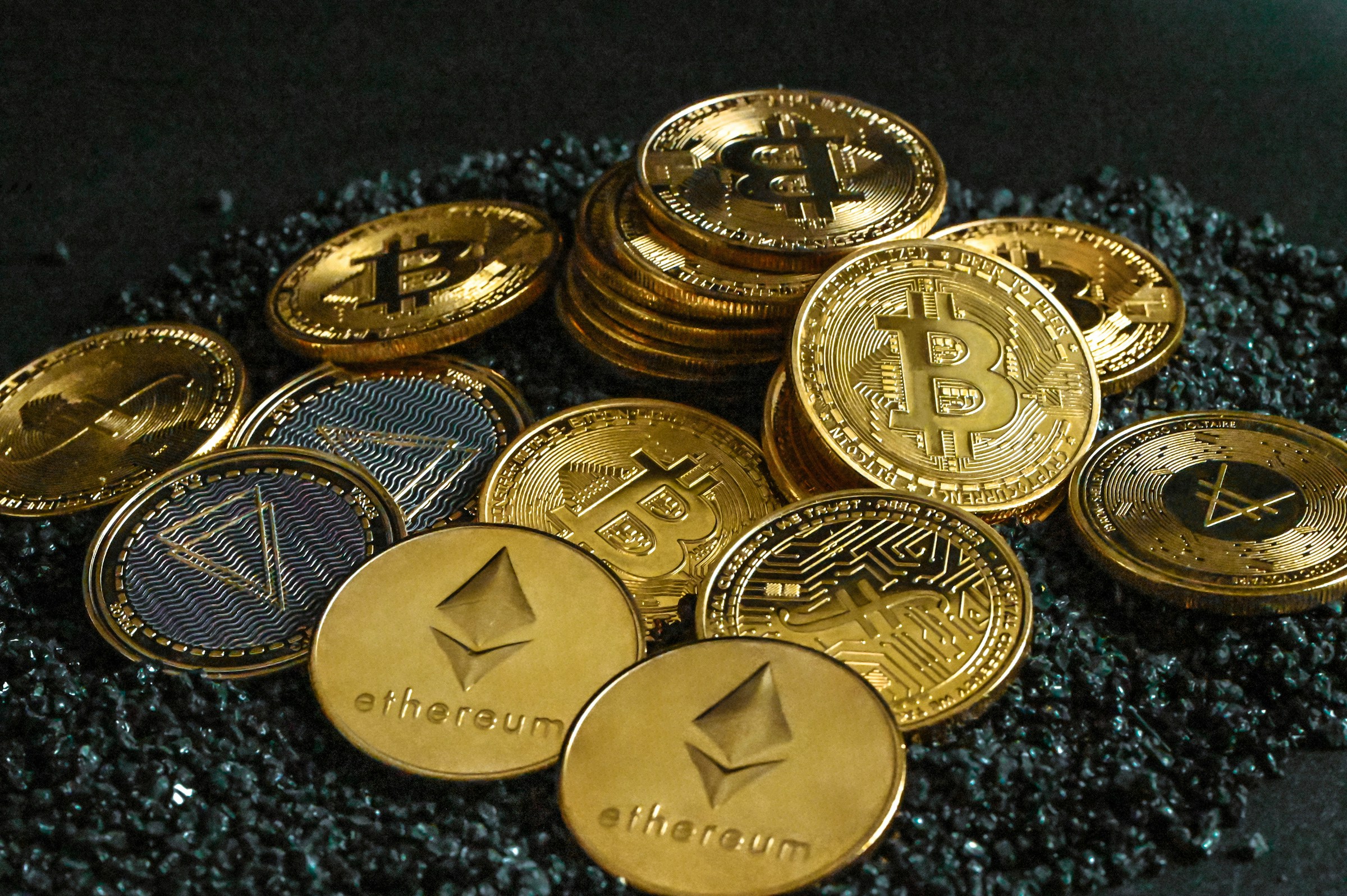




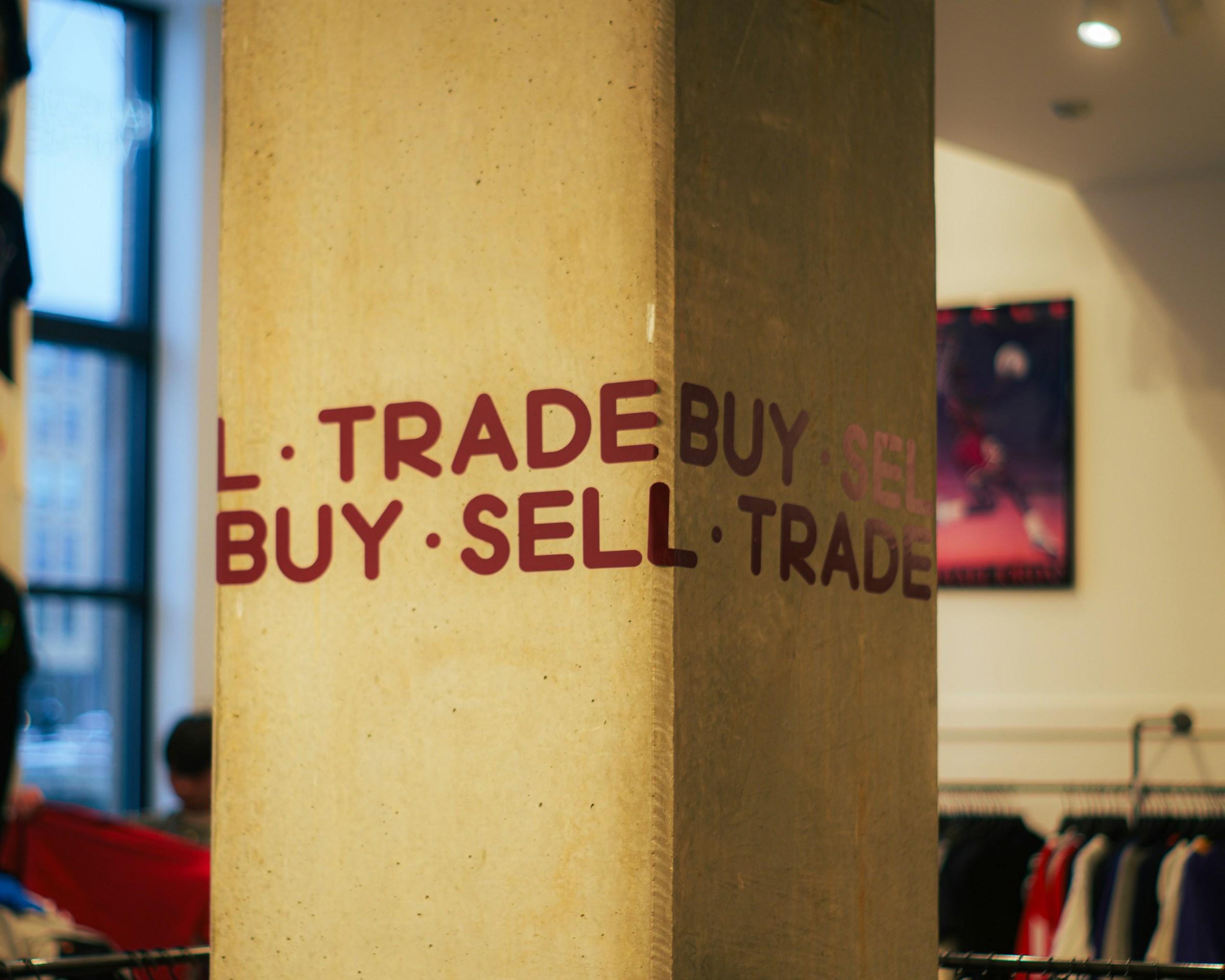
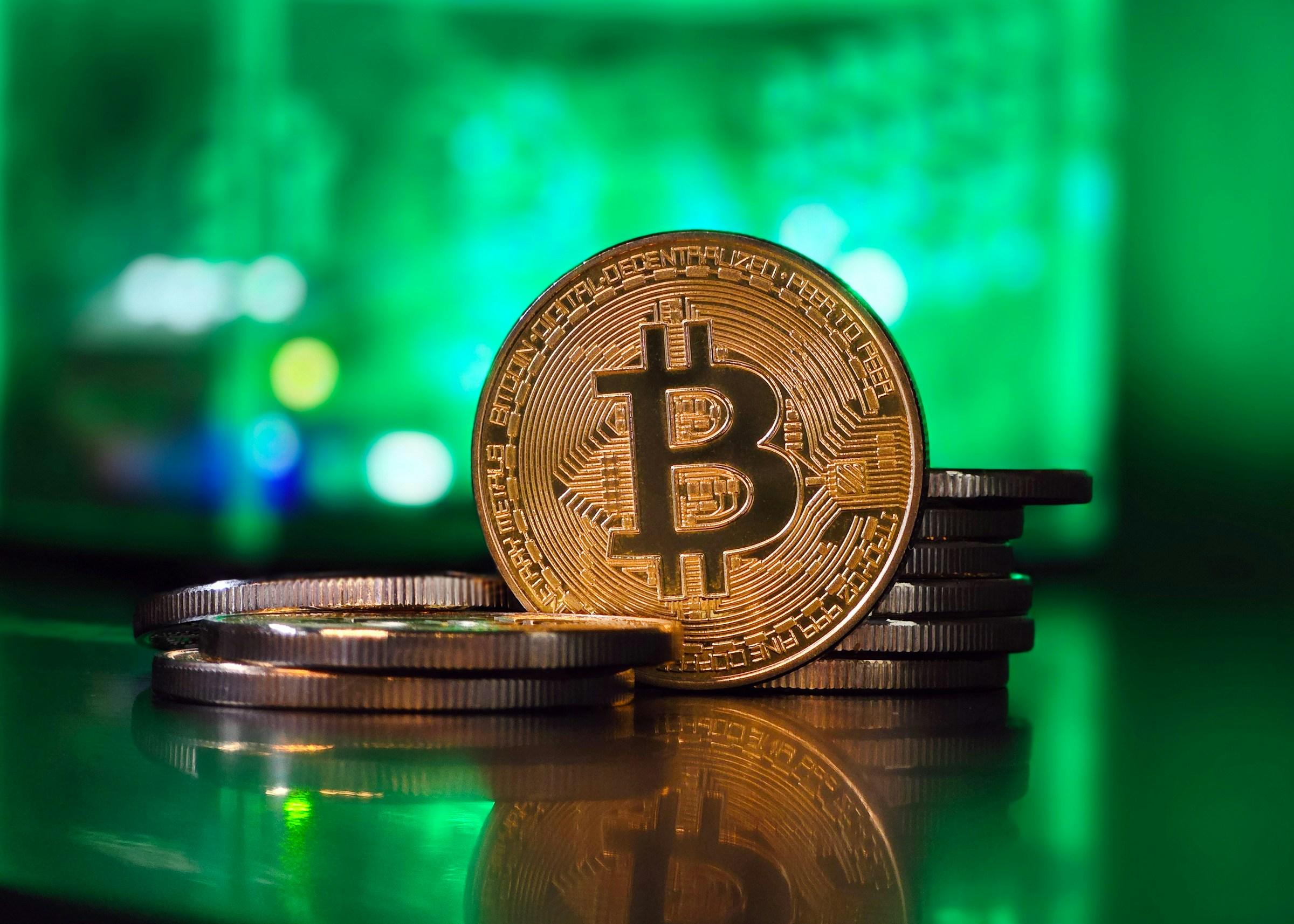
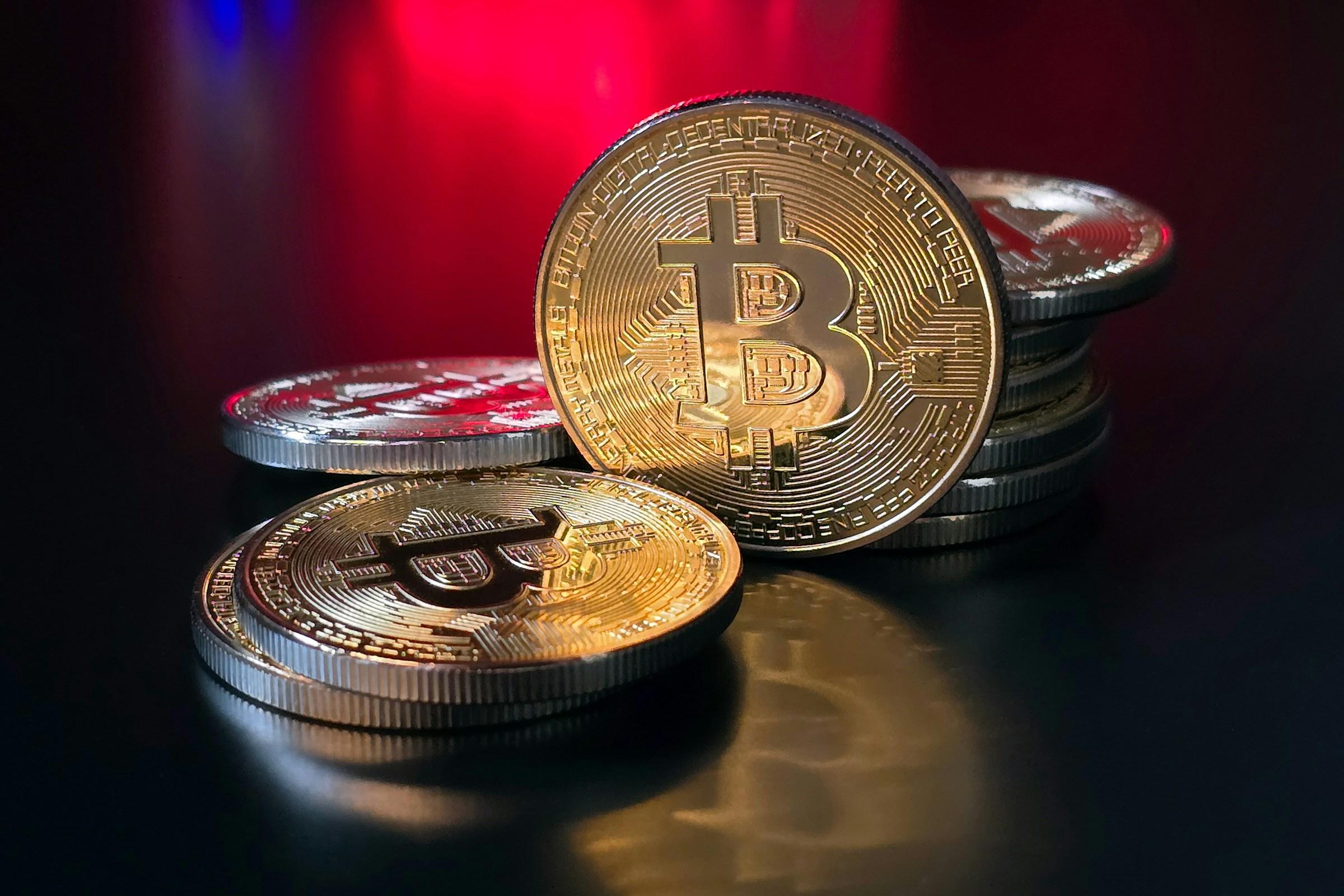
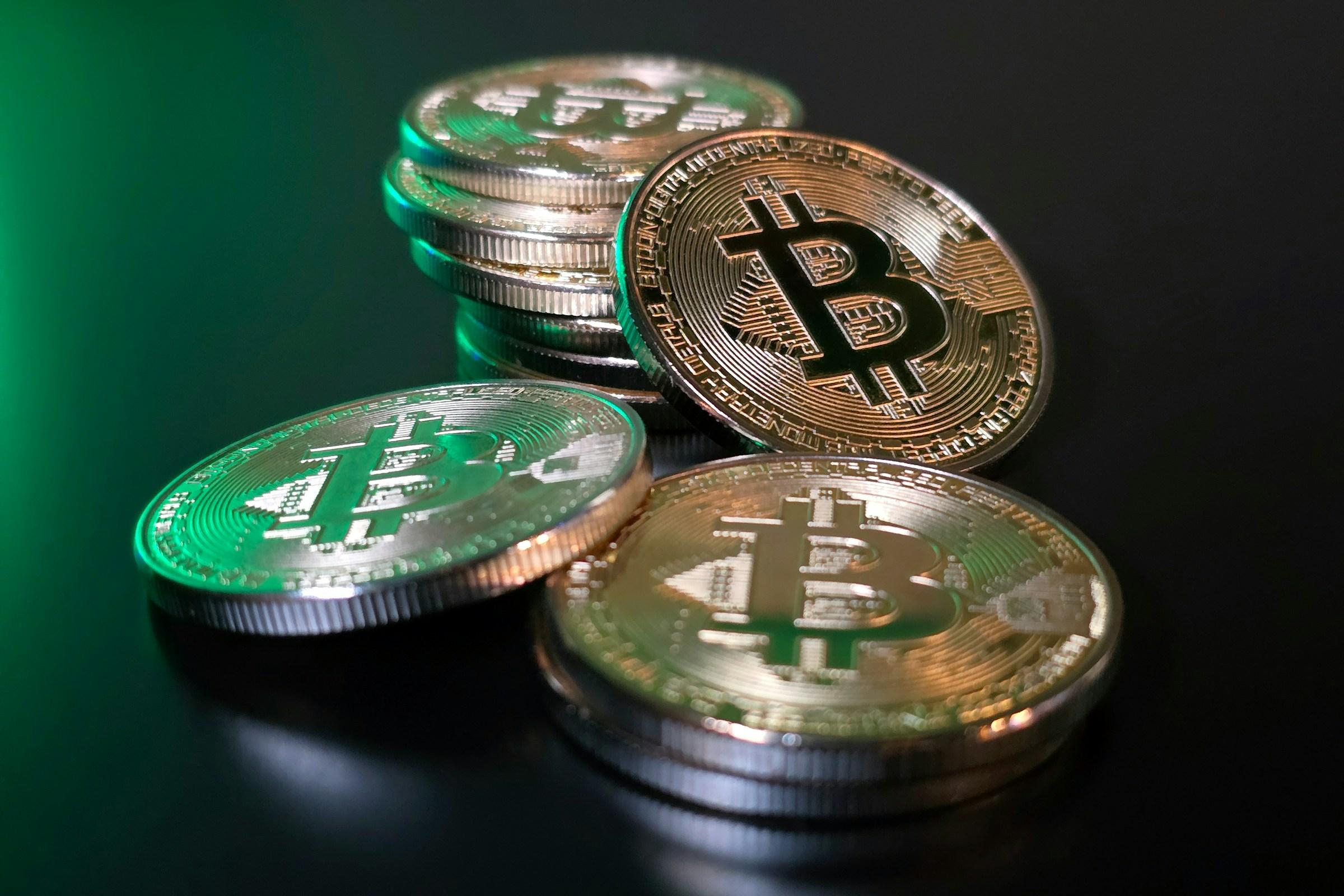
.jpg&w=3840&q=75)
